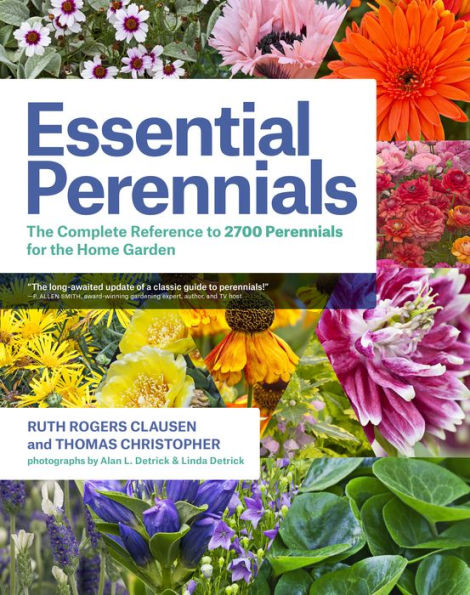Ruth Rogers Clausen is the author of
50 Beautiful Deer-Resistant Plants, and co-author of
Essential Perennials and
The Proven Winners Garden Book. She received a Quill and Trowel award from the Garden Writers Association (now Garden Communicators International) and has written for the American Garden Guides series. She is the former horticulture editor for
Country Living Garden magazine and a long-time contributor to Country Gardens magazine. Ruth lectures widely at horticultural conventions and symposia, flower shows, and to garden societies and clubs. In 2017, she was awarded the Garden Media Award by the Perennial Plant Association.
Thomas Christopher is the author of more than a dozen gardening books. He has written for The New York Times, The Journal of the Royal Horticultural Society, and Horticulture Magazine, as well as serving as a columnist for House & Garden and a contributing editor at Martha Stewart Living.
Alan L. Detrick is a professional photographer whose images of nature and gardens appear in media worldwide. He has lectured and conducted photography workshops at Maine Media Workshops, The New York Botanical Garden, Chanticleer Garden, Brookside Gardens, and Longwood Gardens, as well as for the the American Horticultural Society, the Garden Club of America, and the Garden Writers Association, where he was elected into the Hall of Fame in 2010. He is the author of Macro Photography for Gardeners and Nature Lovers.










